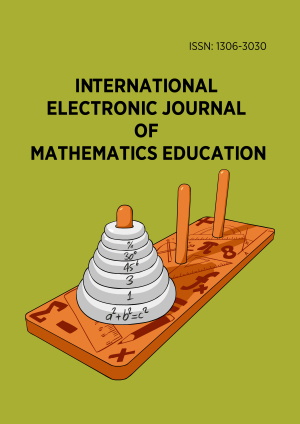Abstract
This study is qualitative in nature, aims to describe students’ reflective abstraction in solving problems related to number sequence. As subjects of this study are 6 students, composed of 3 students (2 female and one male) from State Senior High School (SMAN) 1 Pasuruan, and 3 students (2 male and 1 female) from SMAN 1 Pandaan, East Java, Indonesia. In this study, the researchers were acted as human instruments. Narrative description was compiled by assembling descriptions of reflective abstraction stages associated with the criteria of high, intermediate, or low thinking processes, and the cognitive levels including knowledge application and reasoning. The results suggest that students’ strategies of problem solving are not directly proportional to their level of reflective abstraction. It was also found that students’ reflective abstraction furnish students’ individually unique solution, simply complicated, while interventions are important in its attainments.
License
This is an open access article distributed under the Creative Commons Attribution License which permits unrestricted use, distribution, and reproduction in any medium, provided the original work is properly cited.
Article Type: Research Article
INT ELECT J MATH ED, Volume 12, Issue 3, October 2017, 621-632
https://doi.org/10.29333/iejme/638
Publication date: 11 Sep 2017
Article Views: 5756
Article Downloads: 5373
Open Access References How to cite this article
 Full Text (PDF)
Full Text (PDF)